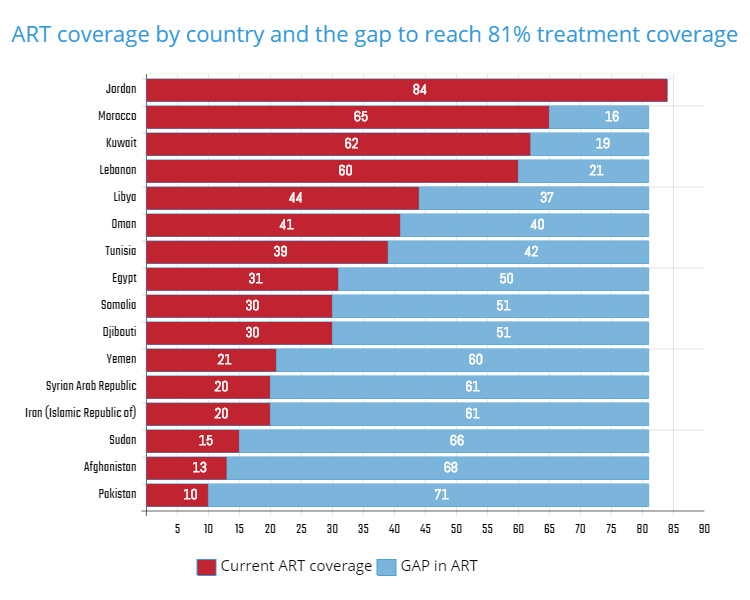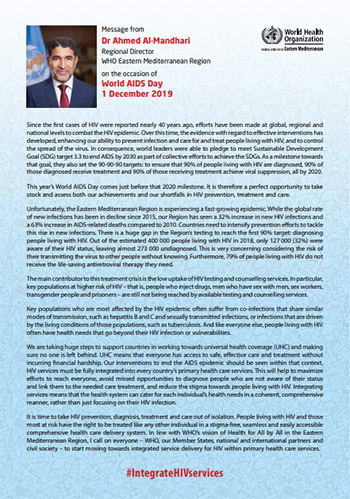
The Eastern Mediterranean Region is experiencing a fast growing HIV epidemic with a 32% increase in the number of new infections and a 63% increase in the number of AIDS-related deaths since 2010. At the same time, the Region has the lowest coverage of HIV prevention, testing, treatment and care services out of all WHO regions globally.
The main contributor to low treatment coverage is the low uptake of HIV testing and counselling services. In particular, people at higher risk of HIV are still not being reached by available testing and counselling services.
As part of collective efforts to meet Sustainable Development Goal target 3.3 to end AIDS by 2030, world leaders also set 90-90-90 targets to ensure:
90% of people living with HIV are diagnosed
90% of those diagnosed receive treatment
90% of those receiving treatment achieve viral suppression, all by 2020.
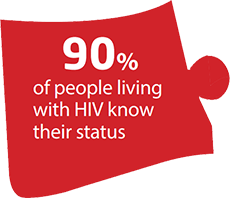
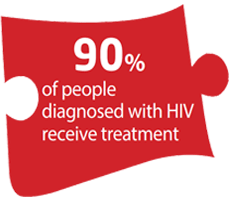
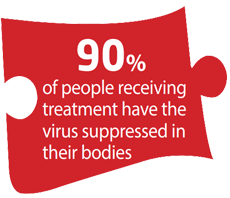
There is a huge gap in the Region’s testing to reach the first 90% target – diagnosing people living with HIV. Out of the estimated 400 000 people living with HIV in 2018, only 127 000 (32%) were aware of their HIV status, leaving almost
273 000 undiagnosed. This is very concerning considering the risk of their transmitting the virus to other people without knowing. Furthermore, 79% of people living with HIV do not receive the life-saving antiretroviral therapy they need.
World AIDS Day this year focuses on the importance of integrating HIV services within the context of universal health coverage to ensure easily accessible provision of services for everyone, in particular, key groups, to avoid missed opportunities and accelerate progress to the 90-90-90 targets.
 HIV in the Eastern Mediterranean Region 2018
HIV in the Eastern Mediterranean Region 2018
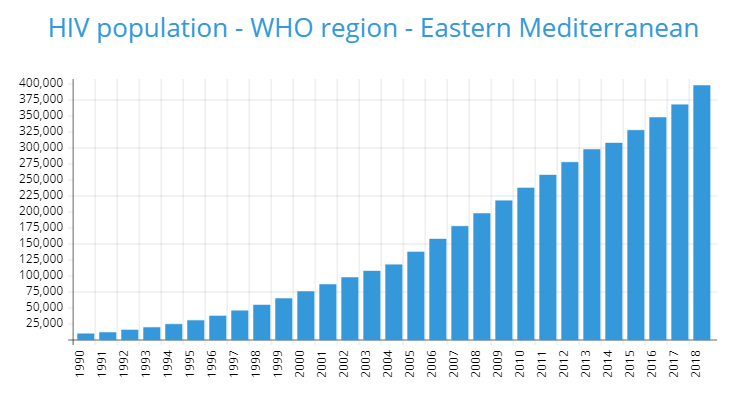
Estimated 400 000 people living with HIV, including 15 000 children (0–14 yrs)

32% increase in number of new HIV infections since 2010
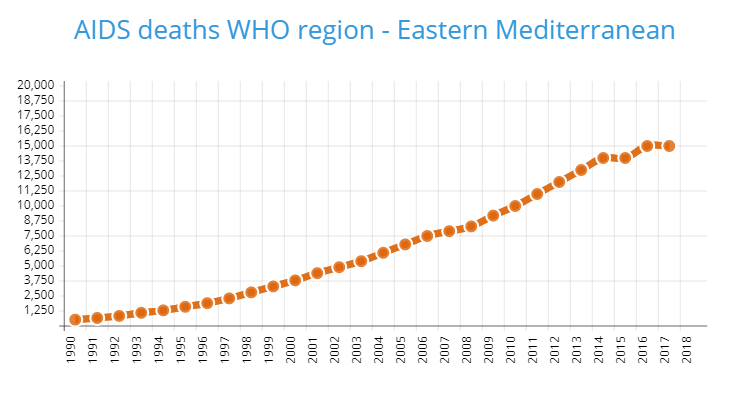
63% increase in number of AIDS-related deaths since 2010

Our Region is the lowest in terms of testing and ART coverage.
